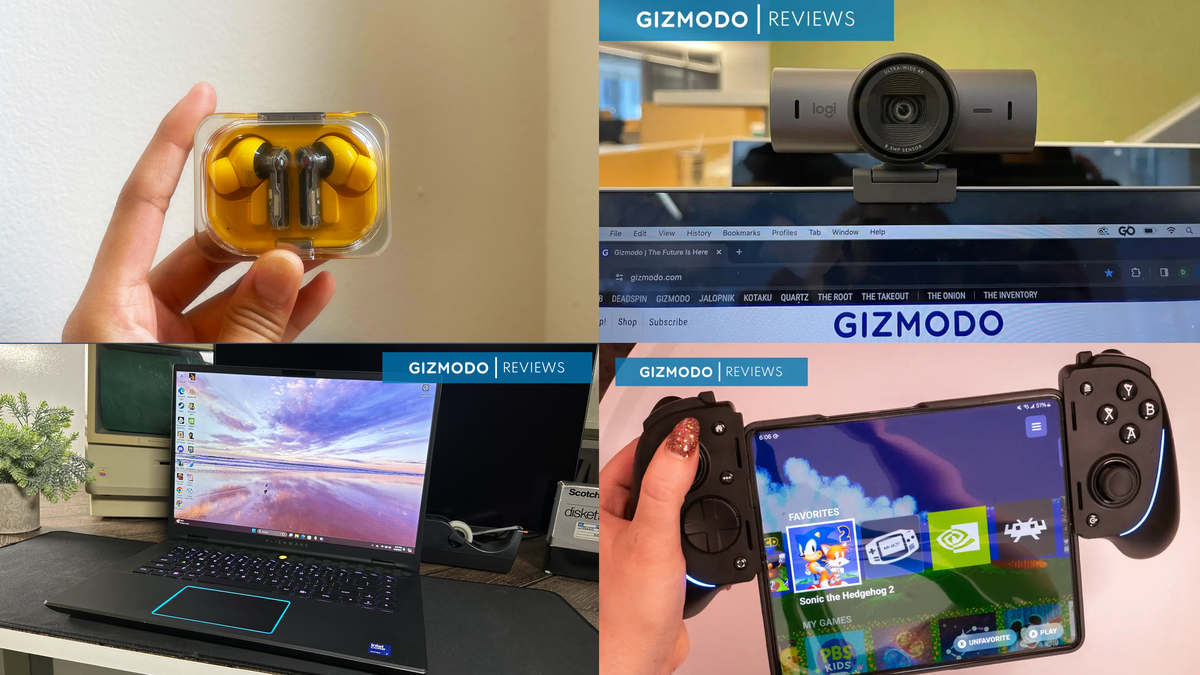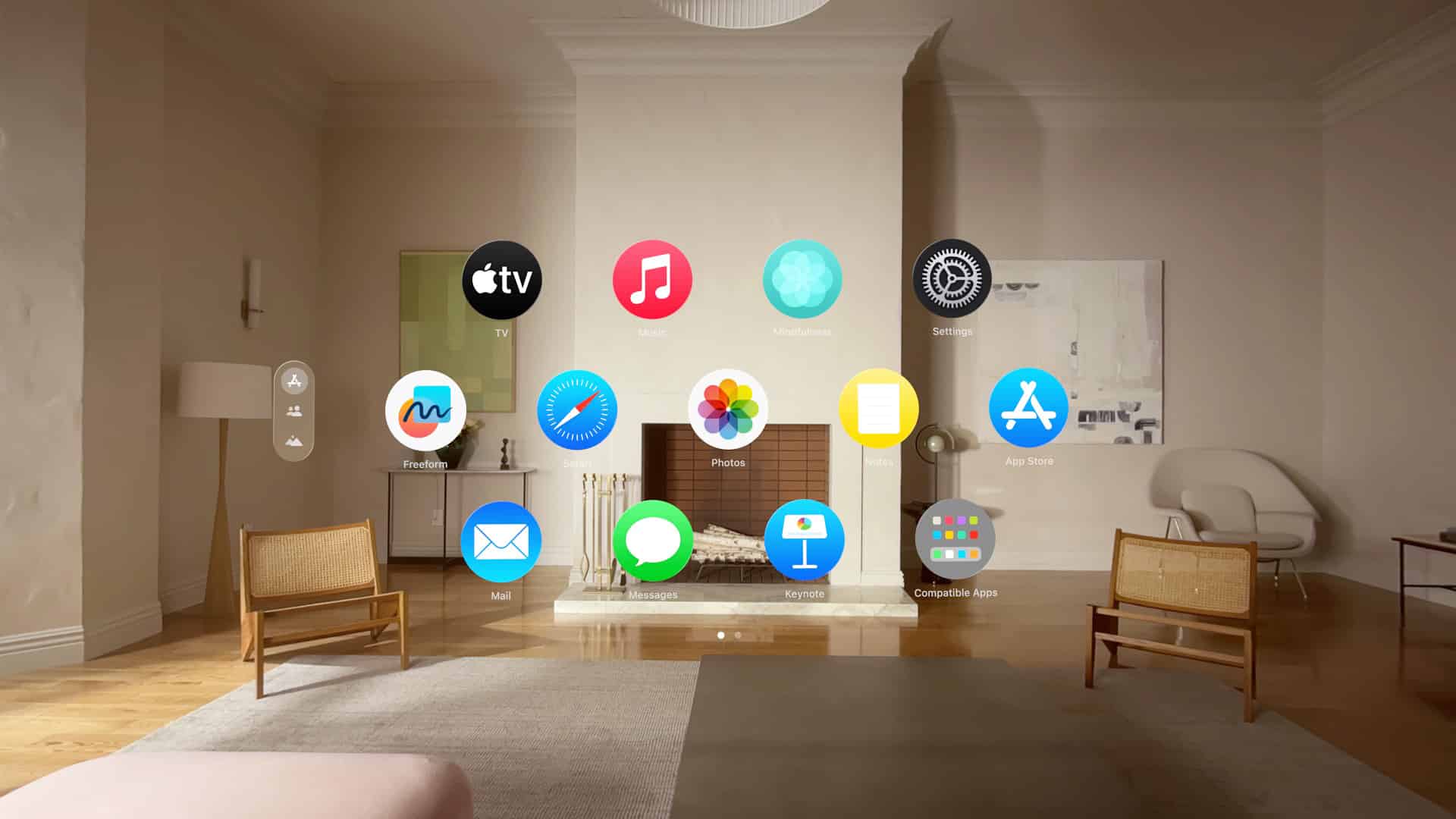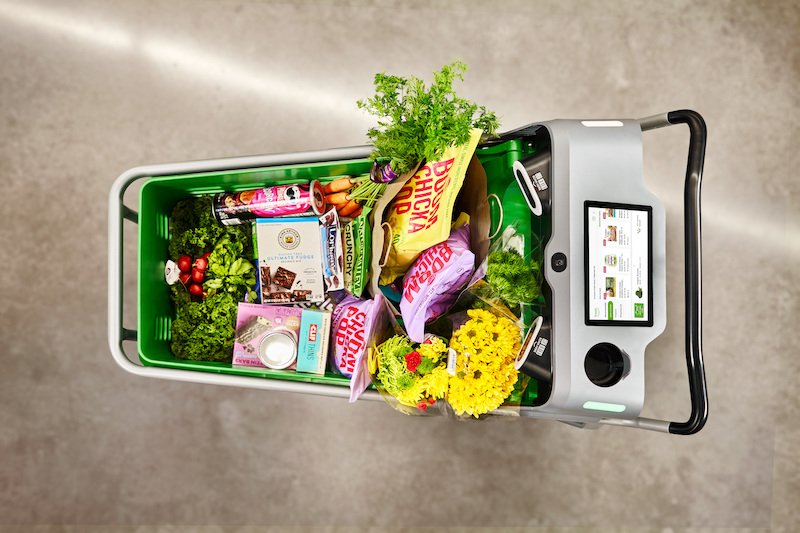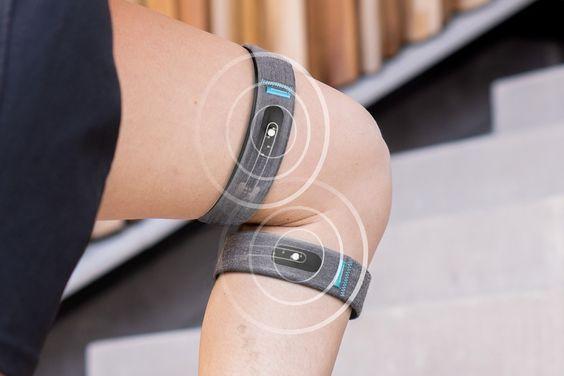- TECHSWU
- Posts
- TECHSWU #23
TECHSWU #23
Welcome to TECHSWU, your go-to destination for all things tech that matter in your daily life! From gadgets to software, we cover it all with a focus on what's relevant and usable now. Tune in to our YouTube channel, daily newsletter, and podcast for the latest updates and insights on the tech you use every day. Stay connected with TECHSWU and stay ahead in the world of technology



📰 Eight US newspapers, including The New York Daily News, Chicago Tribune, and Denver Post, are suing OpenAI and Microsoft for copyright infringement. The newspapers allege that the technology companies have been using millions of copyrighted news articles without permission or payment to train their artificial intelligence chatbots. The lawsuit, filed in a New York federal court, claims that OpenAI and Microsoft are "stealing their work to build their own businesses at their expense." This latest case adds to several other copyright lawsuits already facing OpenAI and Microsoft in both New York and San Francisco courts. Tech companies have argued that using publicly accessible internet content to train AI systems falls under "fair use" protection. Microsoft has declined to comment on the case, while OpenAI stated that it is engaged in partnerships with news organizations and is willing to address concerns. ⚖️💻

🚗✨ In this article titled "How urban mobility is evolving through the digital revolution," Inma Martinez, a technology pioneer and AI scientist, discusses the key themes and challenges facing the digitalization of transportation. Some of the highlights from the article include:
• Digitizing transportation requires thinking about traffic flows, vehicle-to-vehicle and vehicle-to-network communications, and the smartification of roads and city streets. 🚦🌇
• Developing intelligent transportation systems (ITS) has encountered challenges, such as infrastructure cost and a lack of understanding from municipalities on how to leverage IoT. 💡💰
• The 5G spectrum is becoming the established band for communication, which is crucial for upgrading transportation to a full digital level and achieving vehicular automation. 📡🚀
• Collaboration with associations like the 5G Automotive Association (5GAA) is essential for planning the future of transport infrastructure. 🤝🌐
• Operators looking to incorporate AI into their systems should prioritize precision and safety of vehicular flows, optimize traffic flows using predictive AI, and focus on the smartification of traffic to improve safety and optimize supply chains. 🧠🤖🚦
Inma Martinez's experience and expertise make her a valuable voice in the field of urban mobility and digitalization. She emphasizes the importance of incorporating AI and other transformative technologies to drive progress and improve societal welfare through digitalization. 📈🌍
Electrify Expo, North America's largest electric vehicle (EV) festival, is rolling into Phoenix, Arizona 🚗🔌 for the first time on May 4-5. The event, held at State Farm Stadium, will showcase a lineup of brands including Tesla, BMW, Ford, Kia, and Nikola, allowing attendees to experience the next generation of transportation. Highlights of the event include:
• The opportunity to ride, drive, and demo electric cars, trucks, bikes, scooters, and skateboards. 🚀🛹
• The chance to get up close and personal with the Tesla Cybertruck, which will be available for an up-close experience. 🤩
• The debut of the Electrify Race League, featuring thrilling competitions among top athletes in e-mobility. 🏎️🏆
• The Amazon Recharge Zone, where industry experts will address frequently asked questions and debunk EV myths. 💡🌐
• The Electrify Showoff, a custom car show featuring the world's most radical customized EVs. 💥🛠️
Phoenix is a city with a high EV adoption rate and a goal to have 280,000 EVs on its streets by 2030. Electrify Expo aims to provide a fun and educational experience for attendees of all ages, showcasing the benefits of going electric. Tickets are on sale now at electrifyexpo.com/phoenix. Get ready for an electrifying event! ⚡🎉


📺 The Best New Gadgets of April 2024 highlighted some exciting tech releases! Here are the highlights:
• Samsung introduced its Neo QLED 4K TV 🖥️, offering quality display, excellent contrast, and gaming features.
• Sony refreshed its QLED-based Bravia lineup 📺, competing with Samsung's offerings.
• Gamers rejoiced with the comfortable Alienware m16 R2 gaming laptop 💻 and the budget-friendly iBuyPower Scale RDY PC 🎮.
• Razer launched the Kishi Ultra controller 🕹️, compatible with iPad mini and Android foldables.
• Nothing impressed with their affordable Ear (a) buds 🎧, delivering detailed bass and intuitive controls.
April 2024 brought an array of exciting gadgets, from high-end TVs to gaming laptops and audio peripherals 🌟. Whether you're a tech enthusiast or casual consumer, there was something for everyone! 🤩

Exciting news for Apple fans! The latest visionOS 1.2 Public and Developer Beta versions are here, and they come with enhanced spatial computing features like Personas and EyeSight. If you want to be one of the first to experience these changes, you can become a beta tester and try out visionOS for yourself. Here's a quick rundown of how to install the beta versions:
🔧 To access the beta versions, you need to enroll in the Apple Beta Software Program and sign in to your Apple Vision Pro with the same Apple ID.
💡 For visionOS 1.2 Public Beta, wear your Apple Vision Pro, turn it on, open the Settings app, go to General, select Software Update, choose visionOS Public Beta, and wait for the device to check for updates. Then, install the update.
💻 For visionOS 1.2 Developer Beta, open Settings, go to General, select Software Update, open Beta Updates, choose visionOS Developer Beta, wait for the system to check for updates, and tap on Update Now.
📲 As a member of the Beta Software Program, you can also install other beta versions of iOS, watchOS, macOS, and tvOS.
Don't miss out on the chance to try out the latest visionOS features ahead of everyone else! 🚀


🛍️ The retail industry is being transformed by innovative technology, such as artificial intelligence (AI), data analytics, and customer engagement strategies. These advancements are giving retailers a competitive edge and offering personalized shopping experiences for customers. Some highlights from the article include:
• AI is being used to customize experiences for customers by tapping into their preferences and bridging market gaps. 🤖💼
• The integration of digital payment options, like cryptocurrencies, is enhancing consumer engagement. 💳💰
• Retailers are leveraging AI and machine learning to gain deep insights into customer behavior and preferences, improving marketing tactics and merchandising. 📊💡
• Predictive analytics and AI are transforming demand forecasting and inventory management, leading to more efficient operations. ⏳📦
• Retailers are using augmented reality (AR) to create interactive and engaging shopping experiences, allowing customers to see products virtually and try them on without changing clothes. 🌟👗
• Mobile apps and payments are changing the way customers shop, offering convenience, security, and personalized recommendations. 📱💸
• The adoption of omnichannel strategies, such as buy online, pick up in-store (BOPIS), is increasing customer satisfaction and driving additional sales. 🛒🚀
• Smart store technologies, such as RFID tags and IoT sensors, are enhancing inventory management and preventing theft. 🏷️📡
• AR-assisted store layouts are revolutionizing the in-store experience, allowing customers to interact with virtual fitting rooms and receive personalized tips and recommendations. 🛍️👥
Overall, technology is driving success in the retail industry by improving operations, personalizing experiences, and meeting the evolving needs of modern consumers. 🌟✨

💡 The global market for smart wearable medical devices is expected to reach $31.2 billion by 2030, growing at a CAGR of 25.1% during the forecast period of 2023-2030. These devices, which integrate advanced sensors and connectivity features, have revolutionized healthcare by allowing for continuous monitoring and personalized healthcare solutions.
⭐️ Major vendors in the market include Google, Samsung Electronics, and Withings.
🌍 The demand for smart wearable medical devices is driven by increasing awareness about health and fitness, technological advancements, and the growing prevalence of chronic diseases.
🔍 These devices offer a wide range of health monitoring capabilities, including heart rate monitoring, activity tracking, and blood pressure monitoring.
🏥 They are also crucial for remote patient monitoring, allowing healthcare providers to remotely monitor patients' vital signs and health parameters.
❤️🩹 The market for wearable electrocardiogram (ECG) monitors has witnessed rapid growth, driven by the increasing prevalence of cardiovascular diseases.
🚀 Key trends in the market include the integration of artificial intelligence (AI) and machine learning (ML) algorithms, miniaturization of devices, and telehealth integration.
👀 Overall, the smart wearable medical devices market is experiencing rapid growth and innovation, with ongoing developments aimed at improving patient outcomes and transforming the delivery of healthcare services.

Delta, an app that allows users to play old-school video games on their iPhones, has become the No. 1 iPhone app in the United States 😮📱. This is notable because Apple had previously banned these types of emulators for years 😱🚫. The sudden unbanning of apps like Delta is believed to be a result of government crackdowns on Apple and growing anti-monopoly pressures 🧐💥.
✨ Some highlights from the article include:
• Delta allows users to play classic video games like "Super Mario Bros." on their iPhones 🎮🍄.
• Apple banned emulators like Delta for years, but recently reversed its decision without much explanation 🍎🚫✅.
• The popularity of Delta is thought to be a result of government scrutiny on Apple's app store practices 👀🔍.
• The shift in Apple's policies shows how antitrust crackdowns are positively impacting iPhone users 👏📱.
Overall, the article highlights the impact that government intervention can have on influencing tech giants like Apple to change their policies for the benefit of consumers 💪👩💻.

Mitsubishi Electric has partnered with Extend Robotics to allow robots to be controlled remotely using consumer virtual reality (VR) hardware. 🤖⚡️ This collaboration aims to reduce set-up and training costs compared to bespoke systems. Extend's Advanced Mechanics Assistance System (Amas) platform, which uses cloud-connected extended reality technology, can now be used to operate Mitsubishi's Melfa industrial robots. The platform enables non-robotic experts to control robots safely and effectively from remote locations. 🌐🎮 The partnership will help manufacturers upskill employees more quickly and allow robots to perform non-uniform tasks in real time, even if operators are in a different location. The technology could solve challenges associated with single-purpose manufacturing set-ups, such as pick-and-place, machine-tending, and general assembly. 💡 Notable highlights from the article include:
• Extend Robotics' Amas platform allows operators to control robots remotely 🤖🎮
• The VR technology enables error recovery, rapid reprogramming, and non-routine tasks across several sites remotely 💪✨
• The collaboration aims to unlock greater functionality from existing industrial robots and help manufacturers achieve more flexibility and productivity 🚀🏭
• The Amas platform can play a crucial role in training and upskilling operators, particularly in the face of the manufacturing skills crisis. 🌟👩🏭
Keep in mind that certain platforms and devices may not support the display of emojis, so it's important to consider your target audience when using them in written content.


Elon Musk announced that Tesla's Optimus humanoid robots will be ready for mass production and could be sold by the end of 2025. The Optimus robots are expected to perform "useful" factory tasks and have undergone significant improvements compared to previous versions. 🤖💥
Boston Dynamics also recently released a video of its new all-electric Atlas humanoid robot, which has greater power and range of motion. 🌐⚡
The progress and breakthrough of humanoid robots is happening rapidly, with the industry expected to enter small batch production by 2024. 🚀🤯
WiMi Hologram Cloud is another company that has been developing its humanoid robot technology, focusing on artificial intelligence and human-robot interaction. 🌈💡
Several other technology companies around the world have also shown interest in the humanoid robot track. This new technology direction has sparked industry discussion and investment opportunities as various giants explore its potential. 💪💰

Scientists from Utrecht University in the Netherlands 🇳🇱 have developed an artificial device that mimics the synapses of a human brain 🧠. The device, called an iontronic memristor, is about the width of a human hair 💇 and uses water 💧 and salt 🧂 to process information. When the device receives an electrical impulse ⚡, ions migrate through the channel, changing the ion environment and strengthening or weakening neuron connections. The length of the channel determines how long changes dissipate. The researchers believe that this breakthrough could pave the way for computers that not only mimic the communication patterns of the human brain, but also use the same medium. This development could lead to a new level of computing power and efficiency 💪.
Tech giant Microsoft has announced plans to invest $1.7 billion in cloud services and artificial intelligence (AI) in Indonesia. 🌩️💰 The investment will include the construction of data centers in the country. Microsoft CEO Satya Nadella said that the investment aims to bring the latest AI infrastructure to Indonesia, positioning the company at the forefront of the country's AI development. 💡🏗️ As part of its commitment to AI in the region, Microsoft also plans to train 2.5 million people in Southeast Asia in the use of AI by 2025. 🎓🌏 The investment in Indonesia follows similar moves by Microsoft in Japan 🇯🇵 and the United Arab Emirates, as the company seeks to expand its support for the development of AI globally. 🌍✨

🤖 The field of robotics is advancing rapidly, thanks to advancements in AI techniques and training methods. However, a major obstacle in the progress of robotics is the lack of access to high-quality training data. Unlike AI models that can be trained on text, images, and videos scraped from the internet, robots require physical, real-world data for training. This type of data is much scarcer and more expensive to collect. 😕
To overcome this challenge, leading companies and labs are searching for new and innovative ways to gather the data they need. Some methods include using teleoperation to create demonstration data, sharing data collected by different institutions, and utilizing video data captured by robots in real-world environments. Additionally, researchers are exploring the use of simulations and virtual environments as a means of training robots without relying on physical data. 🎮
However, legal challenges and ethical considerations regarding copyright and privacy still need to be addressed in the search for more training data. 📚 Overall, the quest for training data is ongoing, and it's uncertain which methods will ultimately prevail. ⚙️🔎

Looking for an affordable electric car? 💸 Cars.com has compiled a list of the 11 cheapest electric vehicles (EVs) you can buy right now. While these EVs are generally more expensive than their gasoline counterparts, they are a more budget-friendly option for those who want to go electric. Keep in mind that availability may vary depending on your location, and some EVs may require a reservation for delivery. Here are some highlights from the article:
• Nissan Leaf: Starting price $29,280, EPA-estimated range 149-212 miles. 🍃⚡
• Mini Cooper SE Hardtop: Starting price $31,895, EPA-estimated range 114 miles. 🚗💨⚡
• Hyundai Kona Electric: Starting price $34,050, EPA-estimated range 200-261 miles. 🔋⚡
• Hyundai Ioniq 6: Starting price $38,650, EPA-estimated range 240-361 miles. ⚡🚘
• Fisker Ocean: Starting price $38,999, EPA-estimated range TBA, manufacturer-estimated range 231-360 miles. 🌊🔋
• Tesla Model 3: Starting price $40,380, EPA-estimated range TBA, manufacturer-estimated range 248-341 miles. 🚗⚡
• Kia Niro EV: Starting price $40,975, EPA-estimated range 253 miles. 🚙⚡
• Volkswagen ID.4: Starting price $41,160, EPA-estimated range 206-291 miles. 🚗⚡
• Ford Mustang Mach-E: Starting price $41,890, EPA-estimated range TBA, manufacturer-estimated range 230-320 miles. 🚘⚡
• Hyundai Ioniq 5: Starting price $43,175, EPA-estimated range 220-303 miles. 🔋⚡
• Kia EV6: Starting price $43,975, EPA-estimated range 218-310 miles. 🚗⚡
Remember to consider any federal, state, or local subsidies when calculating the final cost of these EVs. 💰🔌
